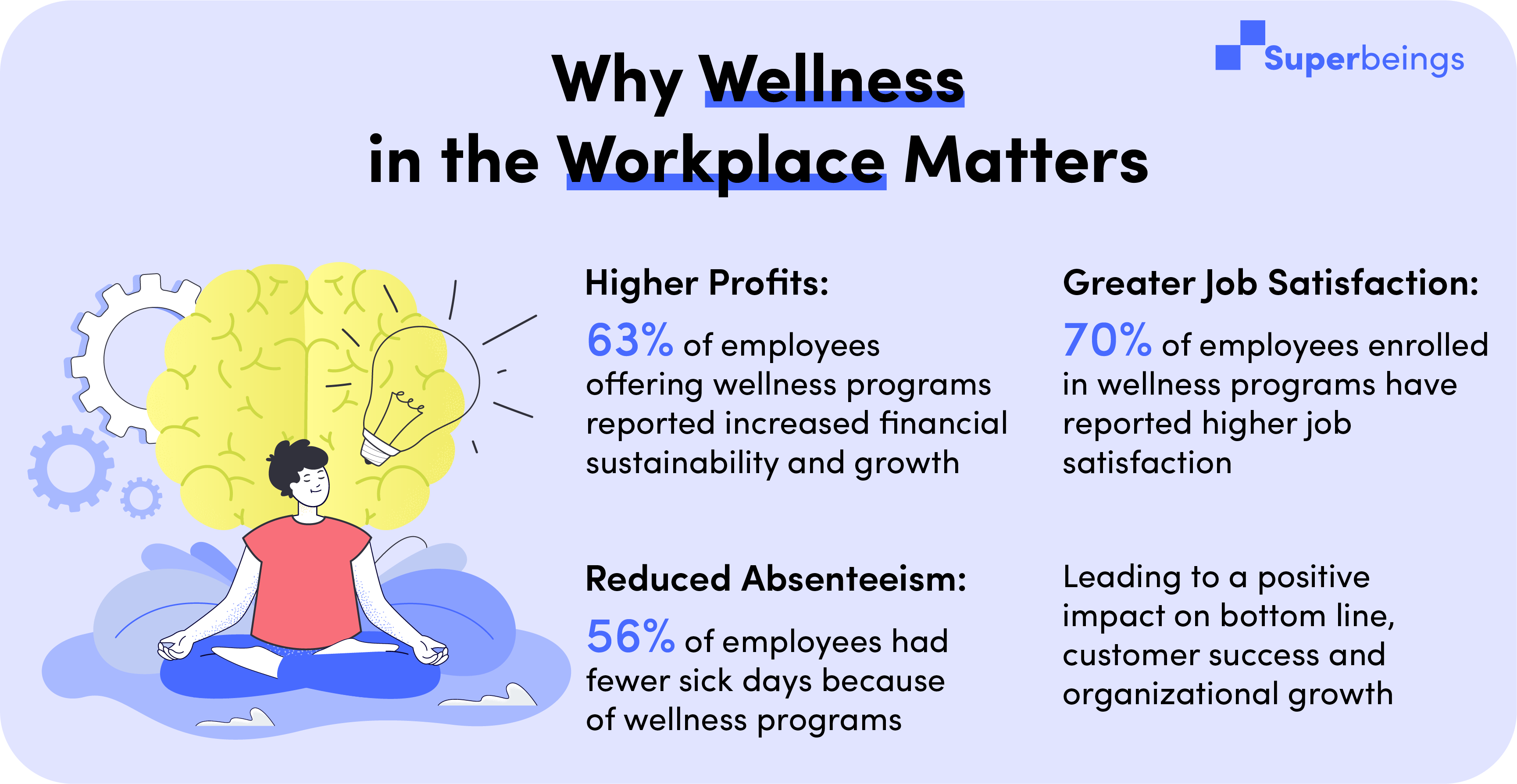Harmony Lost: Exploring the Impact of Human Activities on the Environment
In the vast tapestry of existence, the delicate balance between human activities and the environment is increasingly fraying. “Harmony Lost” delves into the intricate web of consequences woven by our actions on the planet. This blog post seeks to unravel the multifaceted impact of human activities on the environment, shedding light on the intricate connections that bind us to the Earth. To understand the implications of human activities on the environment, it’s crucial to first examine our ecological footprint. This section explores the ways in which our daily choices, from the food we consume to the products we buy, contribute to a growing environmental footprint. From carbon emissions to resource depletion, we will uncover the tangible repercussions of our lifestyles on the delicate balance of nature. The world is a complex web of ecosystems, each playing a unique role in maintaining the planet’s health. “Harmony Lost” investigates the far-reaching consequences of human intervention in these ecosystems. From deforestation to pollution, we explore how our actions disrupt the delicate equilibrium that allows diverse species to thrive and maintain the balance of the natural world. Human progress has undeniably brought about remarkable advancements, but at what cost? This section examines the environmental toll of industrialization, urbanization, and technological growth. As we pave our way towards a more interconnected global society, we must confront the environmental challenges that arise in the wake of progress and development. One of the most pressing issues of our time, climate change, stands as a testament to the interconnectedness of human activities and environmental health. “Harmony Lost” dives into the science behind climate change, exploring how our reliance on fossil fuels, deforestation, and other human-induced factors contribute to the alarming shifts in global climate patterns. The rich tapestry of life on Earth is under threat as biodiversity faces unprecedented challenges. Human activities such as habitat destruction, over-exploitation, and pollution are pushing many species to the brink of extinction. This section examines the intricate relationships within ecosystems and the consequences of disrupting them, emphasizing the urgent need for conservation efforts. “Harmony Lost” takes a closer look at the intricate connection between environmental well-being and human health. From air and water pollution to the impact of chemicals on our food, we explore how the environment directly influences our physical well-being. As we degrade the environment, we jeopardize our own health, creating a symbiotic relationship between the two. Amidst the challenges outlined, this section highlights the power of individual choices in mitigating environmental impact. By adopting sustainable practices, reducing waste, and making eco-conscious decisions, individuals can contribute to the restoration of harmony between human activities and the environment. It’s a call to action, inspiring readers to be mindful custodians of the planet. “Harmony Lost” concludes with a reflection on the intricate relationship between human nature and the environment. It emphasizes the urgency of collective action to restore balance, offering hope and guidance for a future where harmony is regained. Through awareness, education, and sustainable choices, we can pave the way for a world where the impact of human activities on the environment is one of restoration rather than depletion.
Introduction
The Footprint We Leave
Unraveling Ecosystems

The Price of Progress
Climate Change – A Global Consequence

Biodiversity at Risk
Human Health in Jeopardy
The Power of Individual Choice
Conclusion














